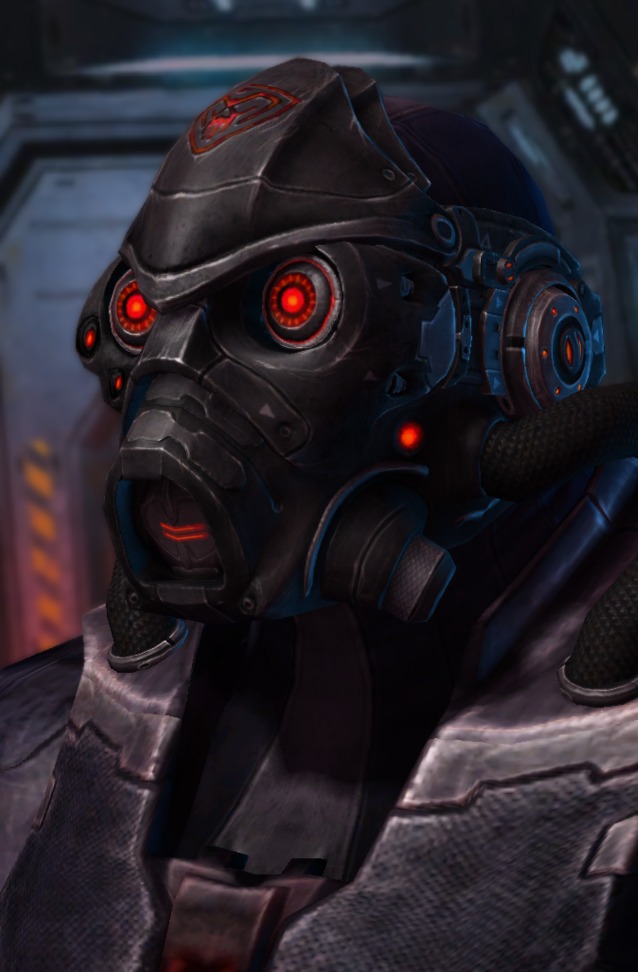
I propose a simple experiment for you, Brian. And as their track record shows, Blizzard tends to support its games for an extremely long time. For most players, it functions well enough and allows them to get in and play some games. 2.0 stands out as the game's low-point, but should only annoy the die-hards. The upcoming expansions will help refresh the game when they are finally released and should bring major changes to the competitive scene. The campaign is engrossing and varied, while the multiplayer component will be played for years to come. StarCraft II: Wings of Liberty isn't perfect, but it's damn close. Would I have wanted the game delayed until B.net 2.0 exhibited the same maturity as the game itself? Absolutely not! I'll deal with its shortcomings if it means I get to play StarCraft II.

There are some issues that remain-lack of chat rooms, custom map publishing limitations-but Blizzard is hopefully working to solve these in due time. While the game itself is incredibly polished, both on and offline, 2.0 is still very much a work-in-progress. It remains to be seen if the meta-game will continue to evolve in a major way prior to the expansions, but I'm hopeful that new maps and more players will lead to some interesting builds and strategies in the short-term. It should have something for everyone ranging from 1v1 ladder play all the way to comp stomps and custom games. The multiplayer is basically what was available during phase 2 of the beta test and is a fairly balanced initial offering. Everyone should play them as they are not only educational, but challenging and fun. Once the campaign is finished, it's time for a quick pit-stop with the game's 9 challenges, all intended to teach multiplayer concepts like unit counters, hotkey usage, rush defense, and multitasking. You'll probably see all of the plot twists a mile away, but Blizzard has done a great job with bringing StarCraft's world into present day with the singleplayer campaign's presentation and non-linear design. Bonus objectives are numerous and the achievements add another layer on top encouraging multiple playthroughs. Repetitive base-building is minimized and the time spent waiting while you build an army is brief. Each mission is unique and presents a new mechanic or minigame. The main star of the singleplayer campaign, however, is the mission design.

The mini-Protoss campaign included in WoL also serves as a great change of pace and offers an awesome bit of narrative alongside the main missions. I don't know if I would have been able to handle 90 missions all at once, nor would I have wanted 10 missions for each race in the game and each expansion.

This campaign is huge and completely worthy being presented as the first offering of the StarCraft II trilogy. The decision was made early on to separate the campaign and multiplayer games and, as such, this is really two games in one.įirst and foremost, I agree with Blizzard's decision to split the game into the initial Terran campaign and forthcoming expansions with the Zerg and Protoss campaigns. Apart from the expectations for multiplayer from the StarCraft: Brood War community, it had to sell its campaign to the larger audience and then coax those players back into the multiplayer game. Blizzard had a huge challenge to overcome with the release of StarCraft II: Wings of Liberty (WoL).


 0 kommentar(er)
0 kommentar(er)
